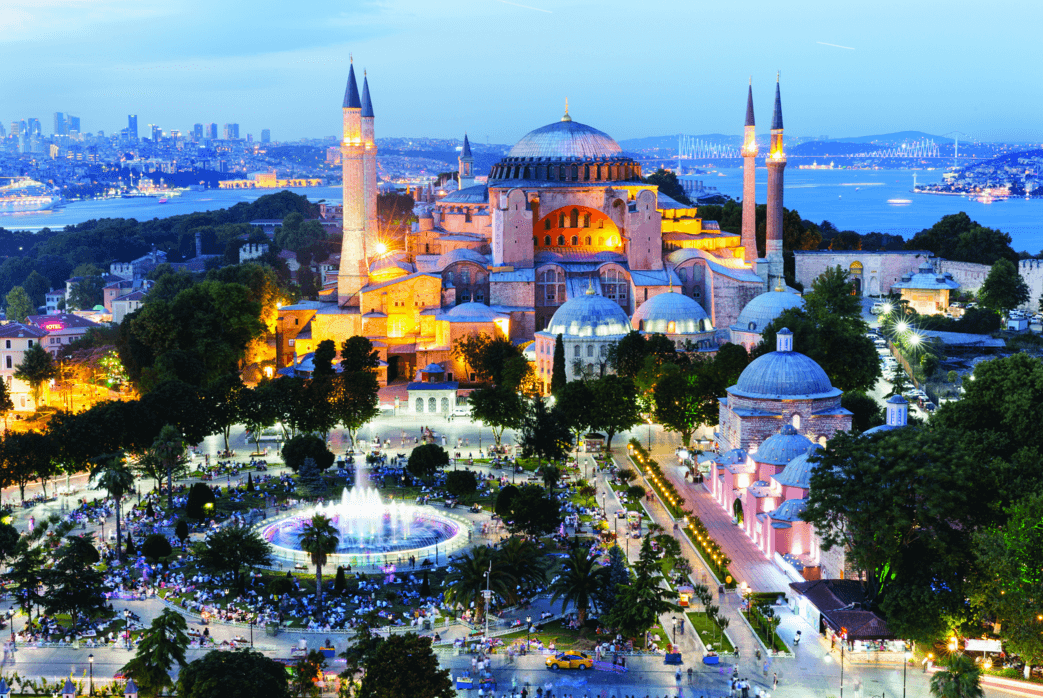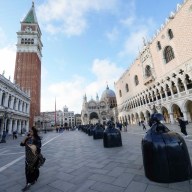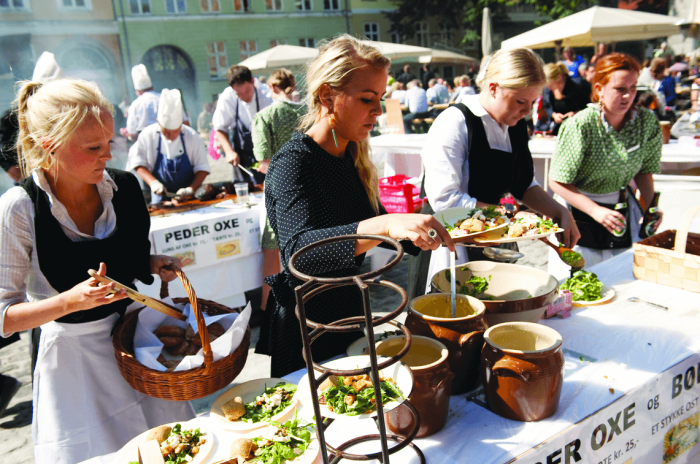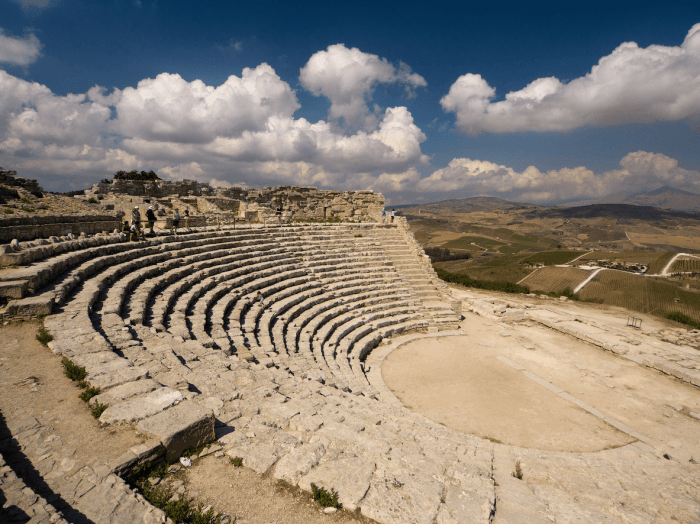1 Chora Church
(Kariye Museum) This tucked-away 11th-century church, now a museum, has an unadorned exterior of dense terra-cotta brick. But inside you’ll see intricate 14th-century frescoes and mosaics on the domes and walls, considered some of the world’s finest surviving Byzantine art. Golden mosaics illustrate scenes from the life of Christ and the Virgin Mary, with frescoes depicting Old Testament scenes. Like many churches here, it was converted to a mosque in 1511, soon after the Ottoman Conquest, and the art was plastered over. Thankfully, this helped to preserve them until they were uncovered a century ago. RELATED:Touring Sicily’s ancient sites
2 Hagia Sophia
This hulking, dusky red building is a masterpiece of Byzantine architecture, rebuilt in the mid-sixth century under Emperor Justinian I. With a 184-foot-high dome andsturdy pillars, its darkened interior is adorned with intricate mosaics of Christ with Emperor Constantine IX and his wife Empress Zoe, and the Madonna and Child. Head upstairs to the gallery for a better view. After conquering Istanbul in 1453, Sultan Mehmet II ordered it to be cleansed and converted to a mosque. Outside, you’ll see a fifth-century Byzantine frieze of sheep, one of the few remnantsof the original structure. 3 Yerebatan Sarnici(Basilica Cistern)
This sixth-century subterranean cistern brought thousands of tons of water into the city. Today there are walkways eerily lit by red spotlights set between 336 columns. Scenes of the 1963 Bond film “From Russia With Love” were filmed here. Head to the northwest corner to see two Roman Medusa heads carved in stone. Ouside is the Million Stone, a Byzantine landmark marking the distances to other cities of the Empire. 4 Mosaic Museum
Break away from the Arasta Bazaar and enter through what remains of the Great Palace, once the headquarters of Emperor Justinian. It’s now home to the Mosaic Museum, with huge sixth-century mosaics of lively hunting scenes, mythical beasts and all manner of nonreligious scenes. They’re a far cry from the austere Biblical scenes of other Byzantine mosaics but a fascinating insight into the everyday artwork of the time. 5 Church of St. Maryof the Mongols
The downside of this hidden-away church, tucked behind a high wall in Fener, is that it’s not regularly open to the public. But if you get access (ring the bell for the caretaker) you’ll be seeing the only Byzantine church that remained in Greek hands and was never converted to a mosque. Inside are tiny icons and shrines and a secret underground passageway that led all the way to the Hagia Sophia. For more tips on traveling in Turkey, go to www.insightguides.com.

Five treasures of Byzantine Istanbul

Shutterstock


















